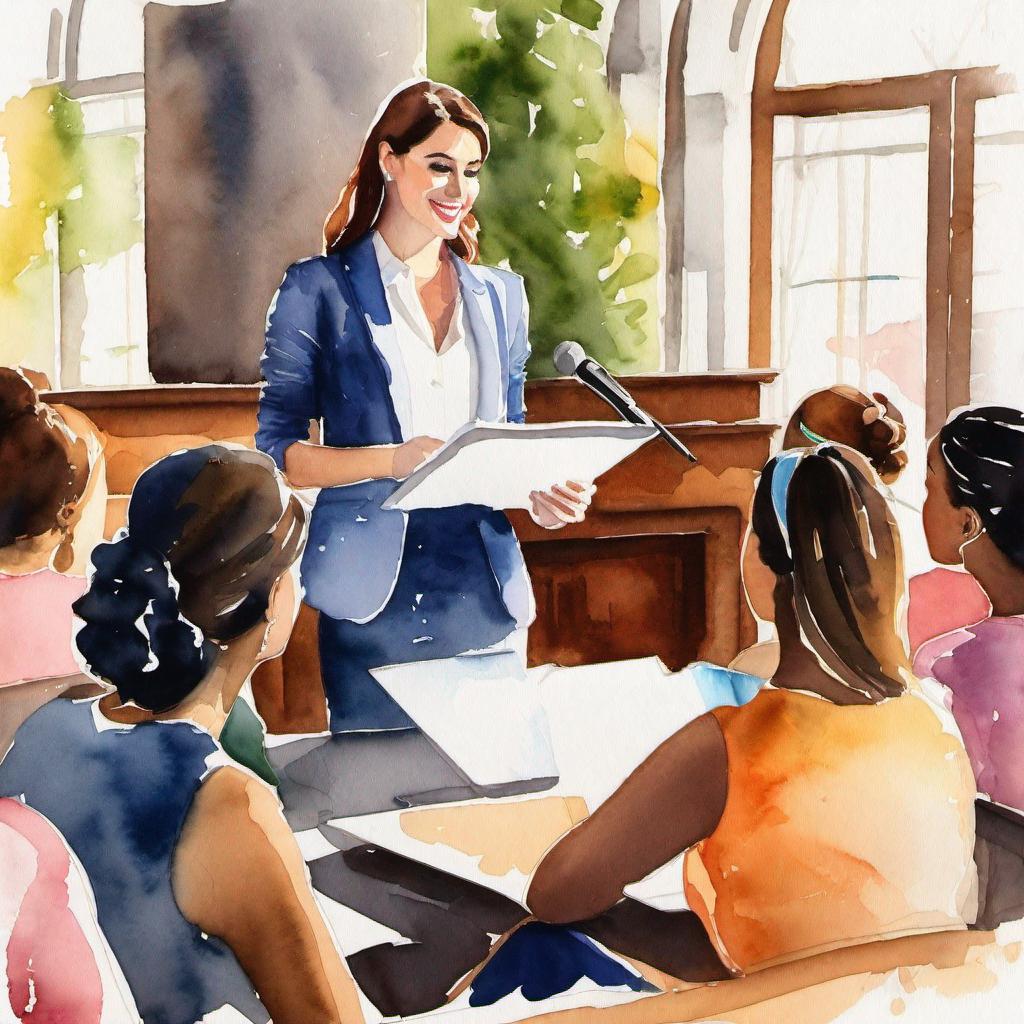In the arena of personal and professional development, two terms frequently jostle for attention: Mastermind and Masterclass. Both speak to knowledge, growth, and a path towards achieving goals, but the nuances often remain shrouded in fog. For both aspiring experts and eager learners, unraveling their differences is essential.



Imagine a grand stage bathed in spotlights, where a renowned expert takes center stage, dispensing their wisdom like precious gems. This is the essence of a Masterclass: a one-way knowledge transfer experience akin to attending a series of high-impact lectures.
The expert, a revered guide through the depths of their chosen field, delivers valuable insights, practical frameworks, and actionable steps. Participants immerse themselves in the distilled wisdom, absorbing information and inspiration through video lessons, downloadable materials, and occasional live Q&A sessions.
Expert-centric: The expert's knowledge and experience take center stage, shaping the content and pace of learning.
Content-dense: Information is delivered in a structured format, often through pre-recorded video lectures.
Linear progression: Learning unfolds in a predetermined sequence, building upon previous sessions.
Passive consumption: Participants learn primarily through listening and observing, with limited space for interactive engagement.
Scalable delivery: Masterclasses can reach a large audience simultaneously, making them cost-effective for the expert.
In contrast, picture a vibrant campfire crackling under a starlit sky, where a circle of diverse individuals huddle together, sharing vulnerabilities, exchanging ideas, and forging connections. This is the essence of a Mastermind; a collaborative crucible where peer support and collective brainstorming ignite individual growth.
Unlike a one-man stage show, this is a self-directed symphony, where participants actively contribute to the melody of progress. Vulnerability and trust are the essential chords, creating a safe space for open exchange and honest feedback.
The expert, if present, acts only as a conductor, guiding the rhythm and ensuring harmony, but the music arises from the collective spirit of the group.
Relationship-driven: Building strong bonds and fostering mutual trust is paramount.
Vulnerability is encouraged: Openly sharing challenges and experiences unlocks deeper growth.
Collaborative problem-solving: Group brainstorming and peer feedback spark creative solutions.
Process-oriented: Focus lies on individual journeys and long-term transformation, not predetermined goals.
Peer-driven growth: Participants actively contribute to each other's success, creating a powerful synergy.
Just as nature rarely provides clear-cut distinctions between day and night, the real world paints a more nuanced picture. The lines between Masterclass and Mastermind often blur, morphing into hybrid models with unique blends of features.
Some Masterclasses might incorporate hotseat coaching sessions or interactive Q&A segments, while some Masterminds might benefit from structured content modules delivered by an expert.
Ultimately, the success of any program hinges on its alignment with the needs and expectations of the participants.
As participants, choosing between a Masterclass and a Mastermind requires careful self-reflection:
• Are you seeking a comprehensive knowledge dump from a revered authority, or do you crave peer support and the collective wisdom of a diverse group?
• Do you thrive on a structured curriculum and clear steps, or do you embrace the fluidity and open-endedness of collaborative learning?
For aspiring experts, understanding the spectrum empowers them to design programs that resonate with their target audience. Whether it is a content-rich Masterclass or a collaborative Mastermind crucible, authenticity, clear communication, and a commitment to facilitating genuine growth are the true cornerstones of success.
Remember, both Masterclasses and Masterminds offer valuable pathways for personal and professional development. By understanding their strengths and limitations, navigating the differences becomes easier, allowing you to choose or design the program that best ignites the spark of transformative learning within yourself and your participants.
Though short, this exploration through the intricate maze of terms and models equips you with the knowledge to make informed decisions and navigate the dynamic differences of Masterclass and Mastermind.
Ultimately, whether you stand as the sage at the lectern or join the circle around the fire, remember: the path to growth rarely unfolds in a straight line, and the most empowering journeys are often forged in the fires of collaboration and shared wisdom.
For in-depth learning on this and other coaching topics, consider the back to top